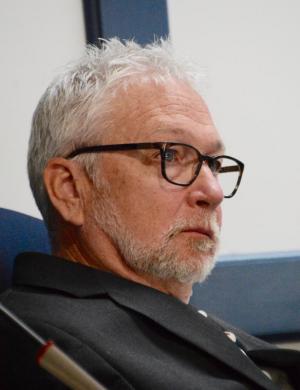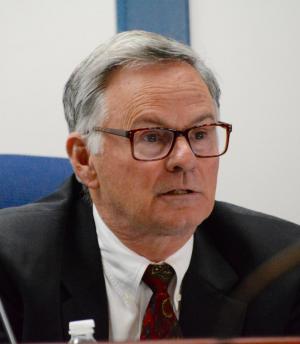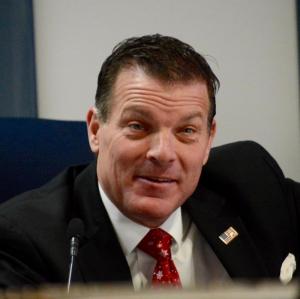Sussex council approves change to density calculation
Sussex County Councilman I.G. Burton, R-Lewes, appeared a little rattled after council passed an ordinance changing the way density is calculated for subdivisions. After the 4-1 vote at the Dec. 4 meeting, Burton flashed a smile and said he needed a little time to get over the shock.
It was Burton who introduced the ordinance earlier this year.
Under the proposal, developers will no longer be permitted to count state wetlands when calculating total density in a subdivision. Under previous regulations, density – or the total number of units – was calculated using the total parcel acreage, even though state wetlands cannot be built on.
On the advice of assistant county attorney Vince Robertson, council added an amendment to clarify throughout the ordinance that perennial nontidal rivers or streams and nontidal wetlands are not part of the ordinance. Only tidal state wetlands are subject to the ordinance, which make up less than 3 percent of the county landscape.
“We have to ask ourselves are we mining out the beauty and heritage of the county we know and love?” Burton asked. “Addressing the density of development in our most critically environmentally sensitive areas is a small step toward preserving and protecting our environment.”
Burton said the ordinance is a balance between quality of life and property rights issues. “The interesting thing is the environment protects our property values,” he said.
Without stating a reason, Councilman Sam Wilson, R-Georgetown, voted against the proposal.
The county planning and zoning commission debated the ordinance during several meetings and on Nov. 15 voted unanimously against it.
Commissioner Keller Hopkins said council should have a workshop with stakeholders triggering another series of public hearings. The commission backed that recommendation.
Council President Mike Vincent, R-Seaford, said passage of this ordinance was the first step, adding debate on an amended buffer ordinance was next on the list.
He directed County Administrator Todd Lawson to form a stakeholders group, schedule meetings and report back to council in the first quarter of 2019.
Burton had already notified council he planned to introduce an amended buffer ordinance. “I'll put that on pause and fold it into the group,” he said.
During two public hearings on the density ordinance, residents, developers and especially farmers asked council and planning and zoning commissioners to stop the process and gain input from a stakeholders committee before taking a vote.
Outgoing councilmen Rob Arlett, R-Frankford, and George Cole, R-Ocean View, had differing opinions on forming a working group to update the buffer ordinance.
Arlett said it's a good template that has worked in the past. Cole said council should have the latitude to make decisions on its own.
Arlett said future councils should gather public input. “It's important to get it right so that all stakeholders participate in the process,” he said. “We need to take our time and have an adult conversation.”
Council has established working groups in the past to rewrite its drainage and sign ordinances.
Cole called the idea a waste of time. “We should be able to make this decision. Some may warrant a committee. Some decisions are easier than others. Billboards were tricky; this one is is not,” he said.
He said it sets a precedent for future councils that may become fearful to make decisions.
The pair's last meeting is Tuesday, Dec. 11. Cole is retiring after serving 32 years, while Arlett is stepping down, having given up his seat for an unsuccessful run for U.S. Senate.





















































